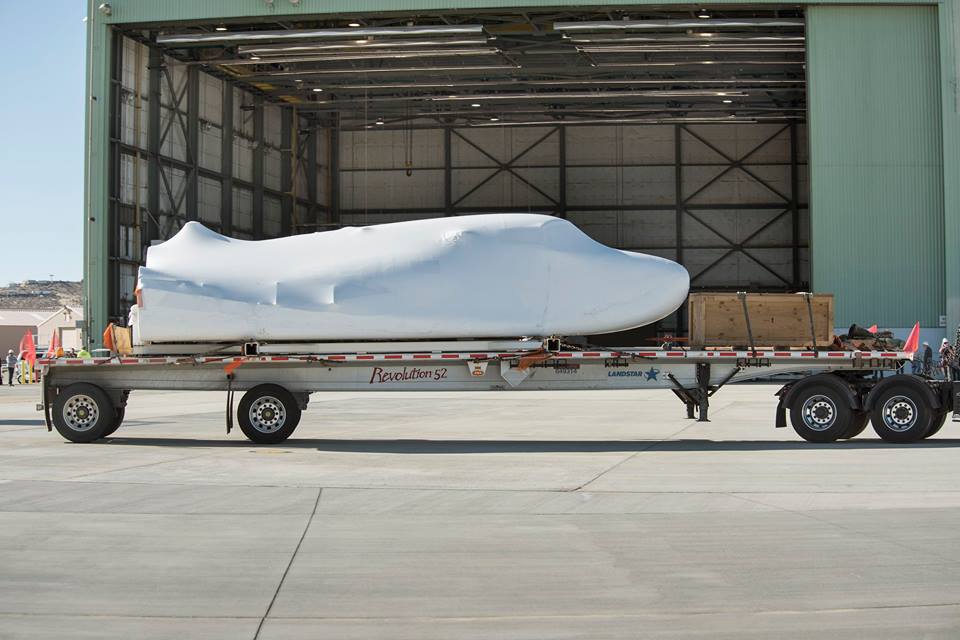
It has been just over a year now since NASA announced the winners of their multi-billion dollar second round of Commercial Resupply Services (CRS-2) contracts to resupply the International Space Station (ISS) from 2019 through 2024. SpaceX and Orbital ATK both secured contracts, but Sierra Nevada Corporation (SNC), who was not selected by NASA for a big commercial crew contract in 2014, was awarded a CRS-2 cargo contract too, allowing for the dream of their Dream Chaser spaceplane to now become a reality.
This week SNC took another significant step toward that reality, delivering an engineering test article of their “mini shuttle” to NASA’s Armstrong Flight Research Center in California, located at Edwards Air Force Base, where it will now undergo several months of testing in preparation for its next approach and landing flight test on the base’s runway 22L.
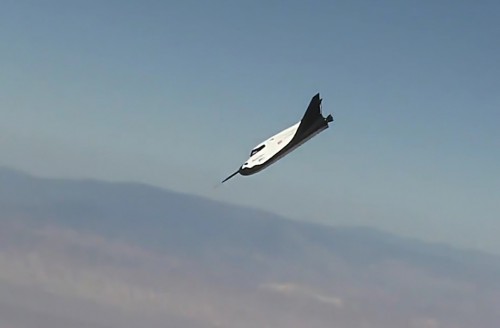
SNC put their test article through its first free flight Approach and Landing test, ALT-1, at Armstrong three years ago, and the test went about as good as SNC could have hoped for, until the command was given to deploy its landing gear. Only two of its three gear deployed, causing the vehicle to skid off the runway, sustaining minor structural damage.
The problem was traced to a mechanical issue with the specific landing gear, rather than something related to bad software (none of the primary systems that gave the commands that control the flight failed or had any problems).
“The 99% of the flight that we really wanted to get – which was does this vehicle fly, is it able to be controlled, does the software work, can we autonomously fly the vehicle in to approach and land on a runway – all that was 100% successful,” said Mark Sirangelo, corporate vice president, SNC’s Space Systems.
“In fact, we probably performed better than the original test standards were meant to be.”
SNC has made significant structural and systems improvements to the test article since, including the composite wings and aeroshells, and invested heavily in maturing the vehicle’s orbital avionics, guidance navigation and control, the flight software, and employed a number of new processes, all of which will be used on the orbital vehicle as well. The advanced orbital Thermal Protection System (TPS) was installed on the vehicle’s skid too, in order to do advanced testing of the actual orbital TPS.
The test article will not only aid development of the orbital cargo vehicles to support NASA’s CRS-2 requirements, but will aid the development of a crewed version as well. Both cargo and crew variants share an 85 percent commonality, and the cargo-version can actually be made crew ready if NASA needed it.
Should NASA offer up another round of Commercial Crew contracts in 2020, SNC will put in a bid for their crew-version Dream Chaser.
SNC hopes to get everything they need out of the upcoming ALT-2 test, but will fly more to validate the aerodynamic properties, flight software, and control system performance of the spacecraft if needed.
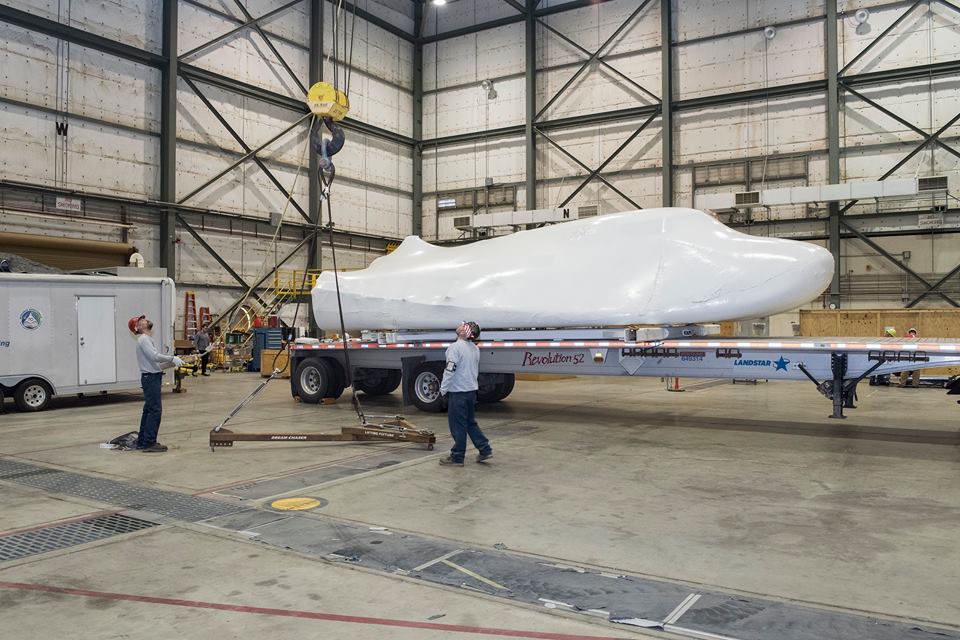
With the addition of orbital avionics to the test article, the same the actual orbital CRS-2 vehicle will use on missions to and from the ISS, SNC will earn direct certification credit out of the upcoming flight test series from NASA. All the testing and certifications will happen on the ground and within the atmosphere, eliminating the need for an orbital flight test.
The first Dream Chaser launch will be an operational CRS-2 mission for NASA, and the company says it will be ready for that flight atop a ULA Atlas-V rocket from Cape Canaveral, Fla., in the first half of 2019.
T-3 years to launch …
When that first Dream Chaser arrives in Florida, it will be processed at the Kennedy Space Center (KSC) Operations and Checkout Building (O&C), then transported to nearby Launch Complex-41 for launch. It will then fly to dock or berth at the ISS and remain for up to 200 days, before returning to Earth and going back to the O&C to be readied for its next flight.
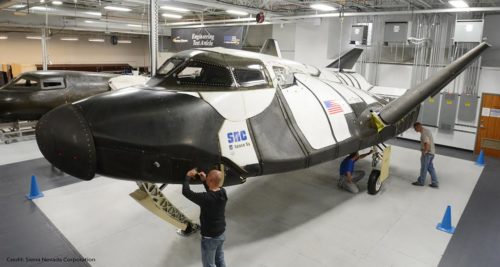
Many factors go into turnaround times between flights, but the spacecraft itself will be turned around in less than 60 days according to SNC, implying a flight rate of up to four to six missions per vehicle.
However, Dream Chaser is also capable of landing on virtually any runway at least 8,000 feet long, anywhere around the world, without requiring specialized equipment. With a propulsion system fueled by Nitrous Oxide and propane, ground crews will have immediate access to the spacecraft after landing, with only 10-20 minutes needed to exit the runway, keeping conflicts with other aircraft to a minimum.
And being as small as it is, it can be loaded on small cargo planes for shipment virtually anywhere.
This all makes the spacecraft an attractive option for commercial companies who want to launch everything from science experiments to cubesats, so SNC has been looking into landing at commercial airports for some time, having launched their “Dream Chaser-Preferred Landing Site Program” to work with spaceports and commercial airports to become designated landing sites.
Midland, Texas, International Air and Space Port recently achieved the first step toward becoming an approved landing site for Dream Chaser commercial missions, and is now considered a compatible landing site by SNC.
All Dream Chasers, whether serving commercial or NASA missions, would use KSC facilities for vehicle processing.
Dream Chaser has been a long time coming. Originally based off a Russian heritage design called the Bor 4, NASA Langley put in thousands of hours of research into the vehicle in the ’80s and ’90s, when the agency was looking for an emergency return vehicle from the ISS. The agency completed a couple different designs, one being the HL-20 (now the Dream Chaser), and created the control laws to fly it (and had a lot of astronauts come in to try it and fly it as well).
Eventually, NASA abandoned those plans completely, leaving astronauts to rely exclusively on the space shuttle and Russian Soyuz as the emergency vehicles for the ISS
BELOW: Photos of the Dream Chaser test article arriving at NASA Armstrong Flight Research Center at Edwards AFB, Calif. Photos Credit: NASA / Ken Ulbrich
.
.
Be sure to “LIKE” AmericaSpace on Facebook and follow us on Instagram & Twitter!
.




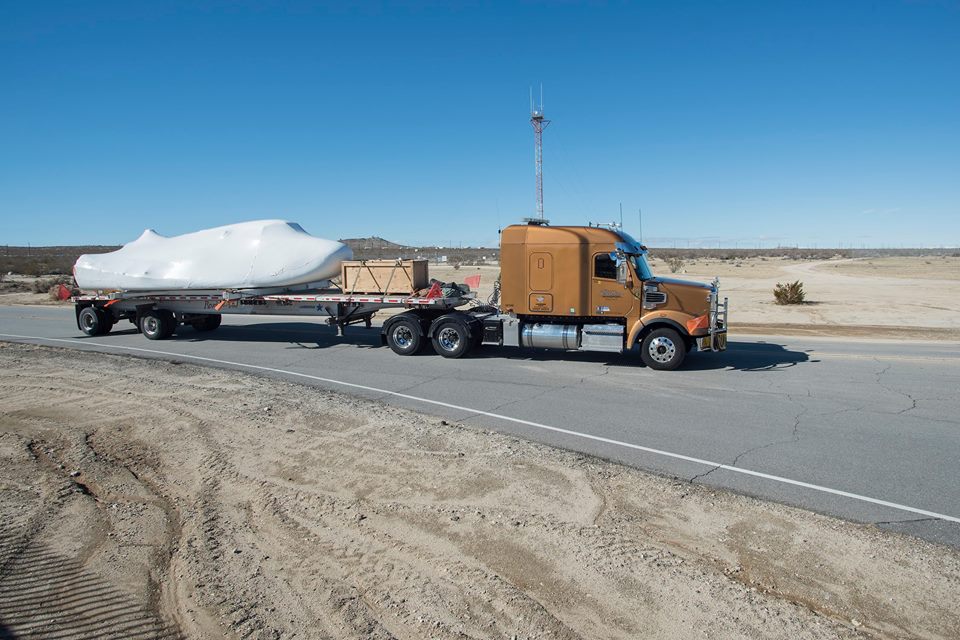
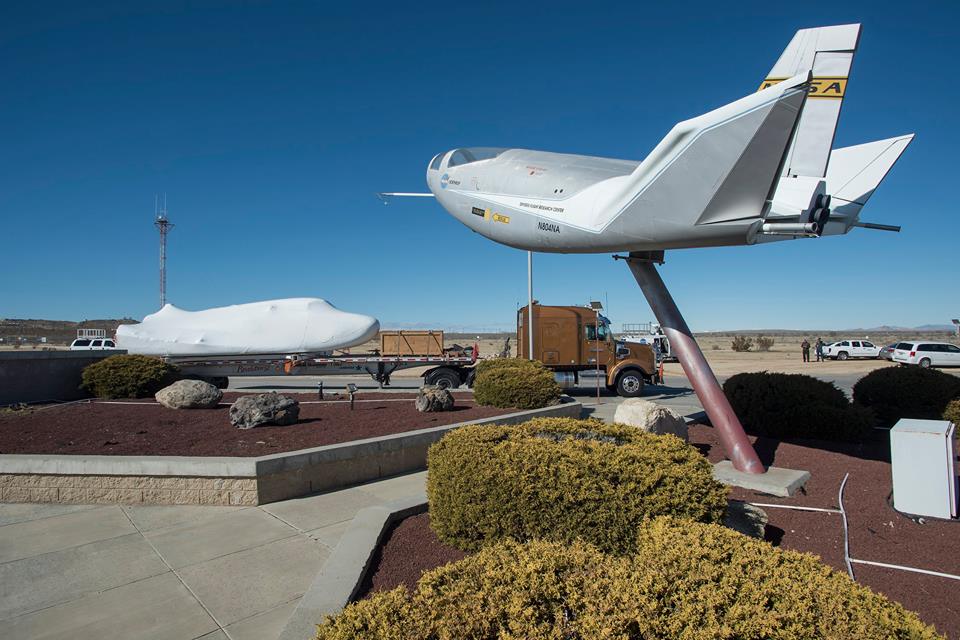
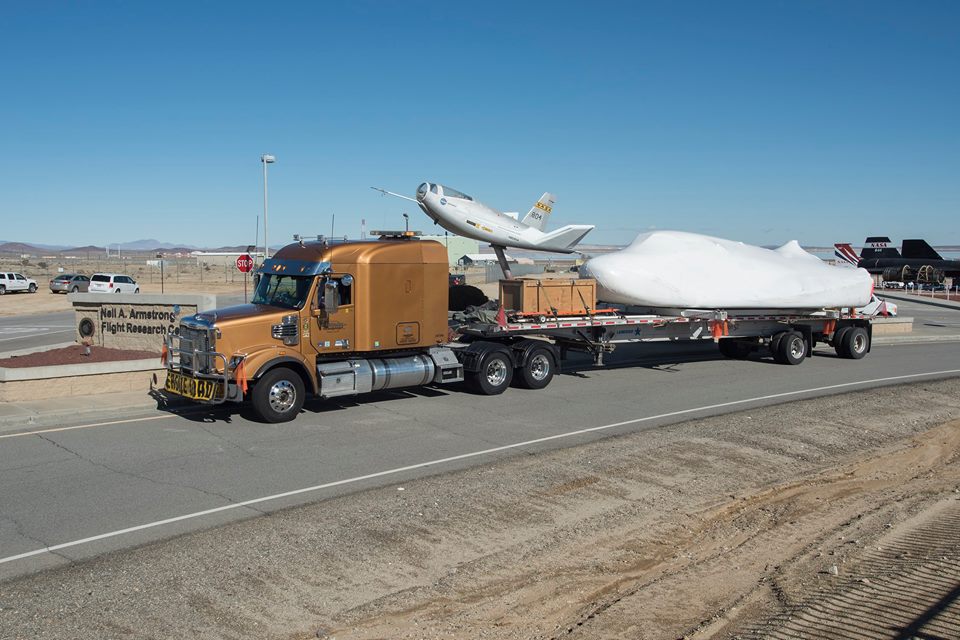
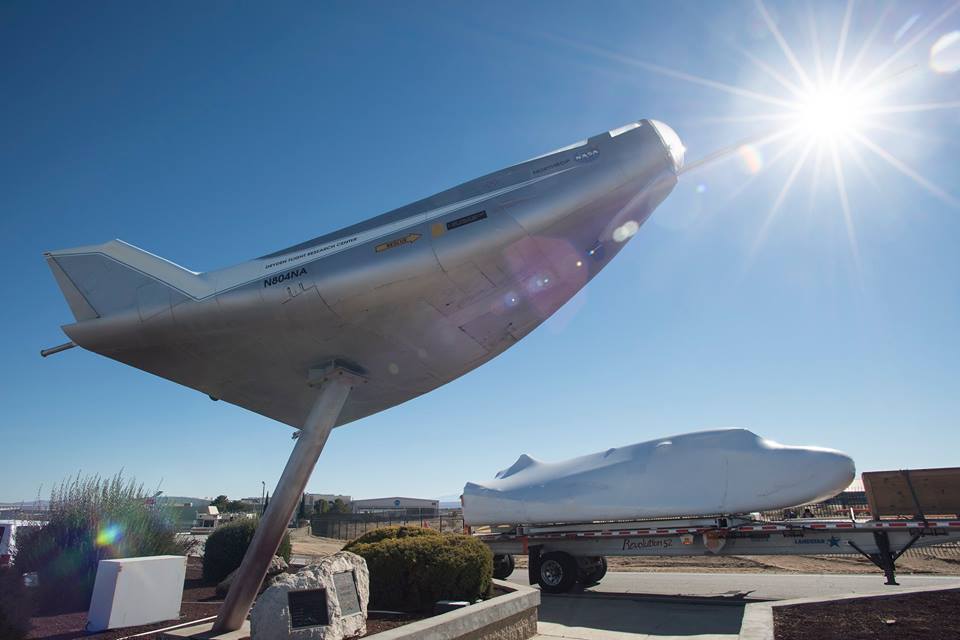
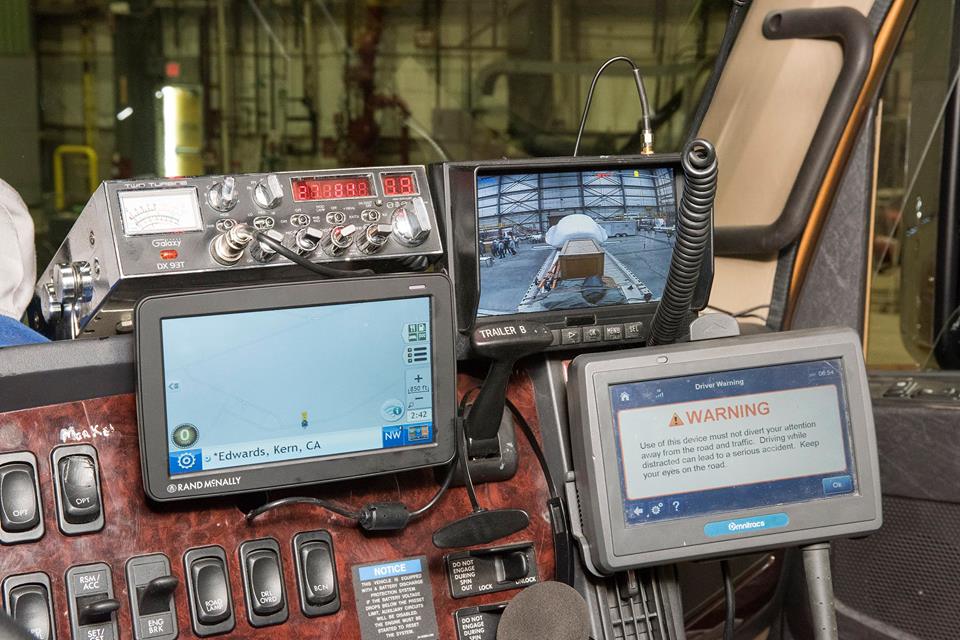
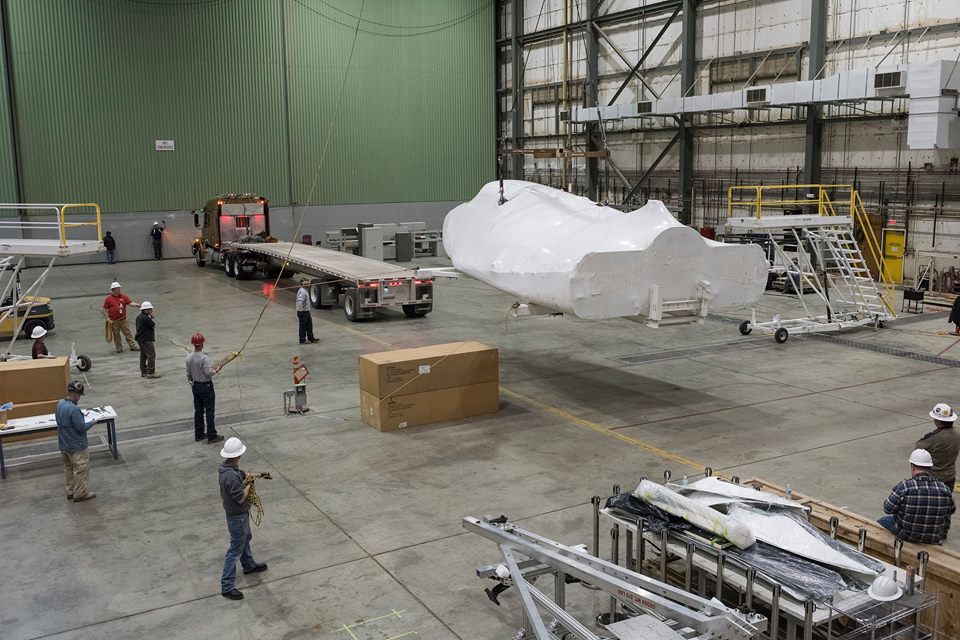
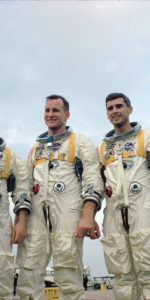
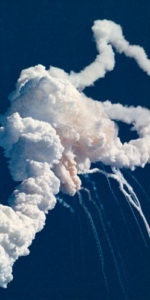
Can’t wait to see Dream Chaser deliver cargo to ISS.